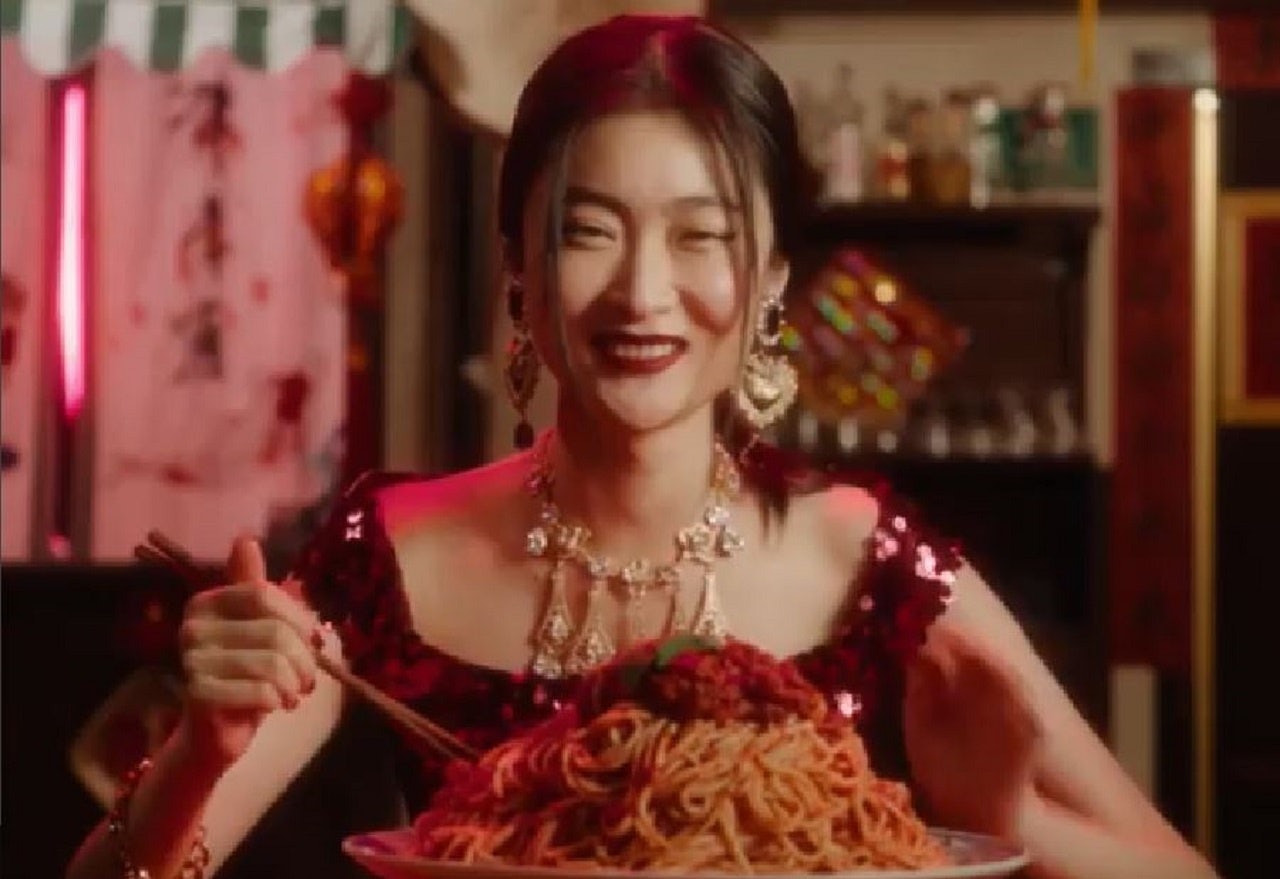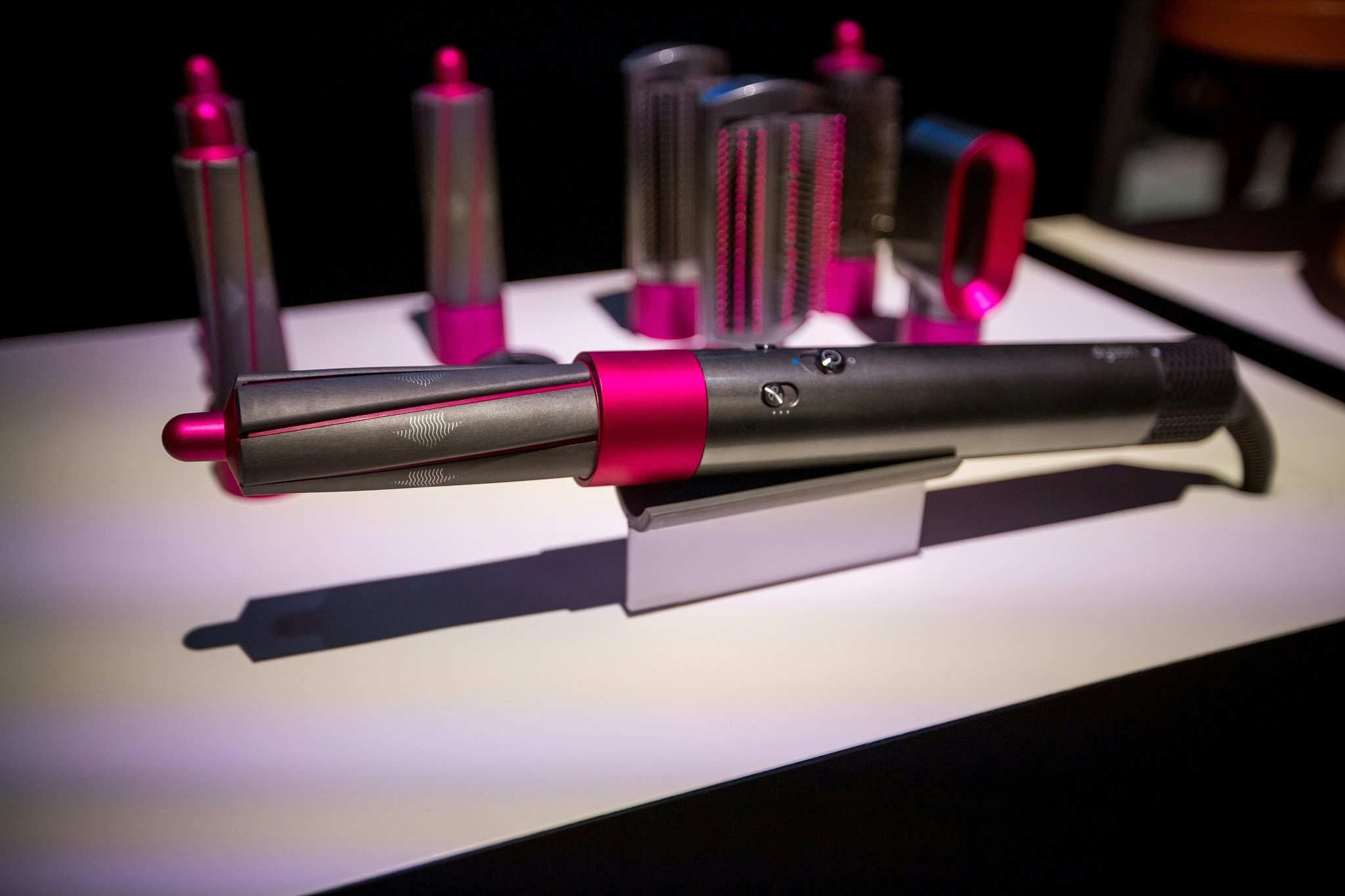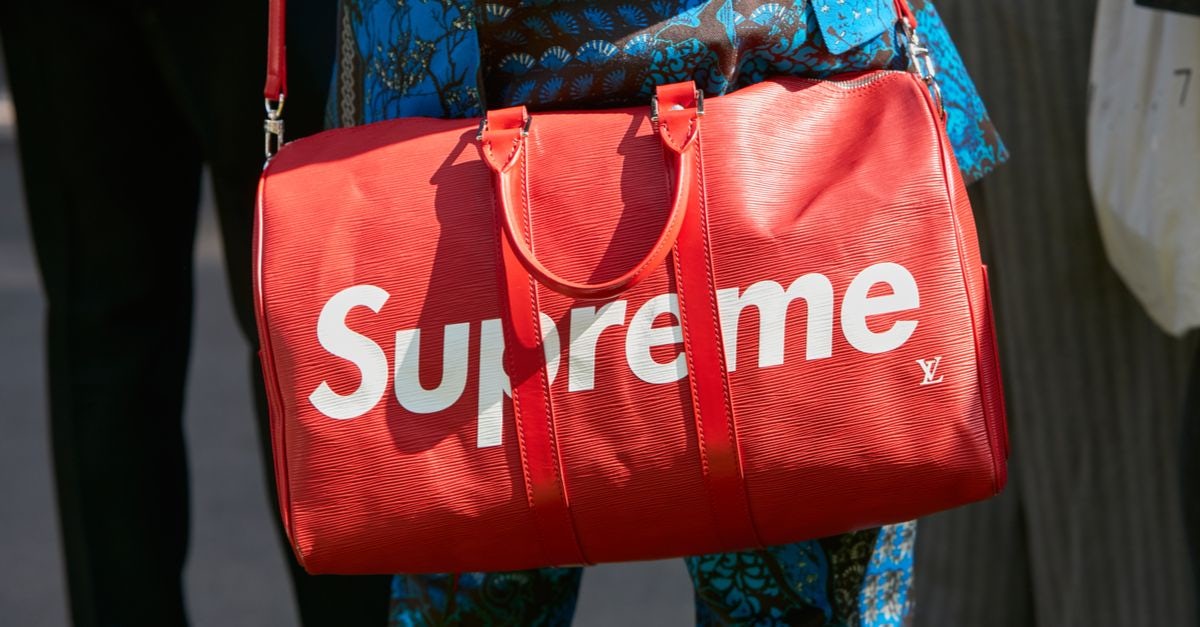The risks of igniting a controversy in the huge and lucrative Chinese market is something that keeps high-level executives at international luxury brands awake at night. But when they happen, they aren't always a complete loss. Controversies spark in-depth conversations and heated debates, allowing issues that cause discomfort among Chinese consumers to be thoroughly addressed.
In 2018, plenty of luxury brands once again got embroiled in controversies that cost them hundreds and millions of dollars to solve and to soothe the outraged public. Here, Jing Daily offers our year-end look at 8 (traditionally a lucky number in China) of the most controversial moments of the year (ranked by pageviews in descending order) and what can be learned from them:

1. Dolce & Gabbana launched an offensive ad campaign trivializing Chinese culture and then allegedly made racist comments in its defense#
: A video campaign ahead of Dolce & Gabbana’s Shanghai fashion show — meant to be light-hearted and teasing -- evolved into one of the worst public relations crises in recent memory. Most Chinese consumers saw the video as an affront to their storied culture. To make matters worse, a racist response to the gaffe that appears to have come directly from designer Stefano Gabbana prompted boycotts and led to the cancellation of the Shanghai show altogether.
Lesson learned: Brands need to develop a sensitivity to other cultures, lean on experts within those countries, and avoid giving absolute power to celebrity designers, no matter how influential they've been in the past.
2. Balenciaga’s Parisian sales associates mistreated Chinese customers, physically and on-camera:#
This cult luxury streetwear brand was caught discriminating against Chinese shoppers in April when a short video went viral on social media showing a young Chinese man getting roughly handled at a Balenciaga store in a high-end Paris shopping mall. Chinese consumers were outraged and called for a Balenciaga boycott, forcing the brand to issue a public apology on WeChat and Weibo.
Lesson learned: Brands need to take sales associate training seriously, since those employees are often the company's first contact with customers. They need to embody the brand's morals and values.
3. Canada Goose pushed back its China expansion plan over China-Canada political disputes:#
The luxe skiwear brand was caught off-guard after the arrest of Chinese tech company Huawei's chief financial officer by the Canadian government over an extradition charge. Angry about the political incident, Chinese citizens began boycotting brands from Canada. Canada Goose, which has the offending country in its name, became their primary target.
Lesson learned: Politics can affect business with China more, and more seriously, than with other nations.
4. An influencer’s bad taste ruined Dior’s Saddle Bag campaign in China:#
To celebrate the relaunch of Christian Dior’s signature Saddle Bag, the brand rolled out a global-influencer marketing campaign that included China. But when Hong Kong-based influencer Elle Lee posed with the bag in a somewhat slapdash, downscale video, her bad fashion taste was mocked by Chinese netizens, demeaning the classic accessory in the eyes of consumers.
Lesson learned: It's crucial for brands to figure out who is the right influencer for their products.
5. Nars’ collaboration with a pot-smoking celebrity created an uproar#
: The Shiseido-owned American beauty brand Nars Cosmetics met with a severe social media backlash in July when it invited Taiwanese celebrity Kai Ko -- who had a very public drug-related arrest in 2014 -- to its new product launch. Chinese netizens did not approve.
Lesson learned: Drug regulation is much stricter in China than in the West, something brands should consider when choosing influencers.

6. Dyson’s marketing campaign went viral, but then went sour#
: A significant number of Chinese consumers indicated that they didn't trust the authenticity of the deafening promotional campaign behind Dyson’s new hair curler.
Lesson learned: After years of being force-fed sponsored posts by brands through paid influencers, Chinese consumers are now wary of viral campaigns, and brands need to recognize this shift in opinion.
7. Kim Kardashian West’s China social media debut did not fare well#
: Kim Kardashian West’s massive influence in the West did not guarantee her success in China. When the reality star opened an account on Xiaohongshu (or RED) in October, Chinese netizens paid little attention. Experts said that Kardashian’s sexy public image didn’t fit the interests and core values of the Chinese community.
Lesson learned: Foreign celebrities and brands must understand what China truly needs before they offer their goods or services.
8. Samsung’s collaboration with a copycat Supreme became a running joke#
: The troubled South Korean smartphone maker Samsung entered into a partnership with a copycat Supreme brand from Italy, but, under pressure from Chinese fashionistas, Samsung eventually decided to drop out the collaboration.
Lesson learned: China wasn't fooled by this would-be brand and likely won't be fooled by others in the future.


